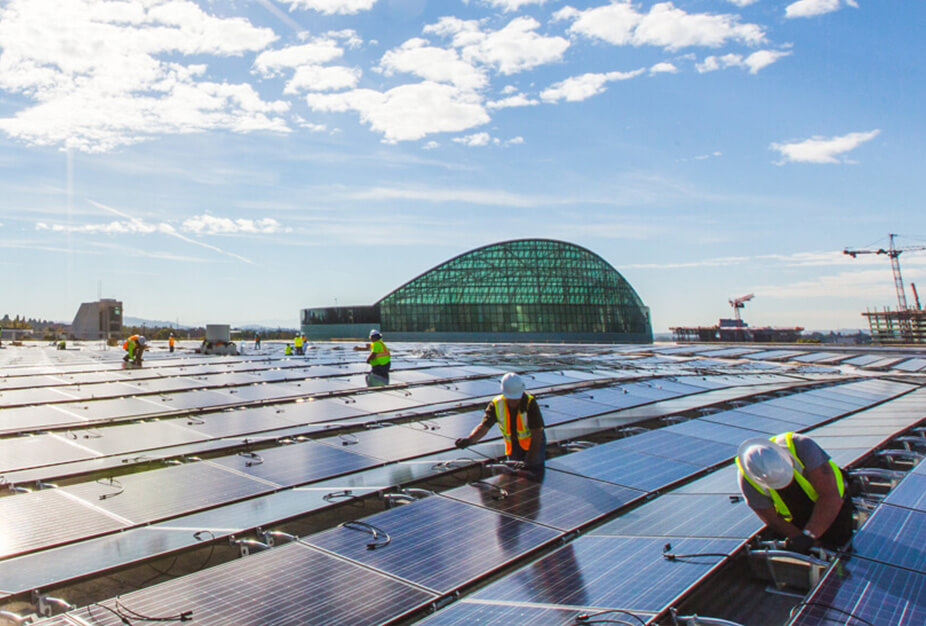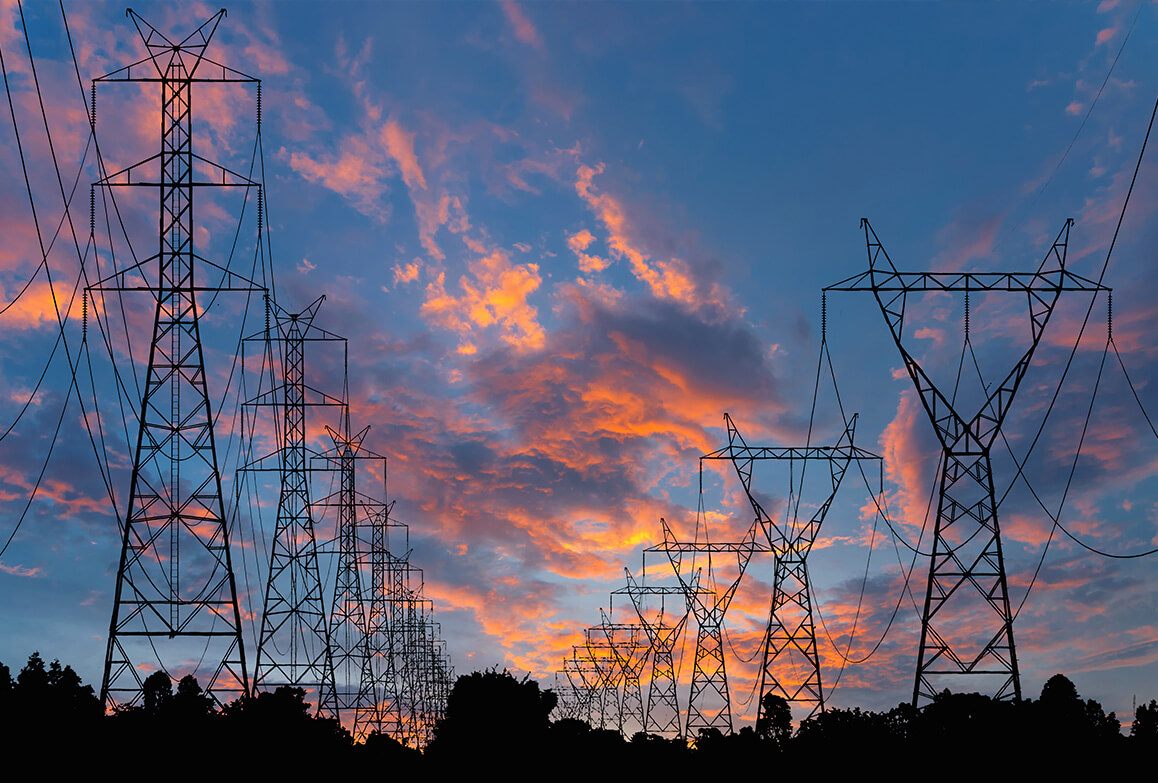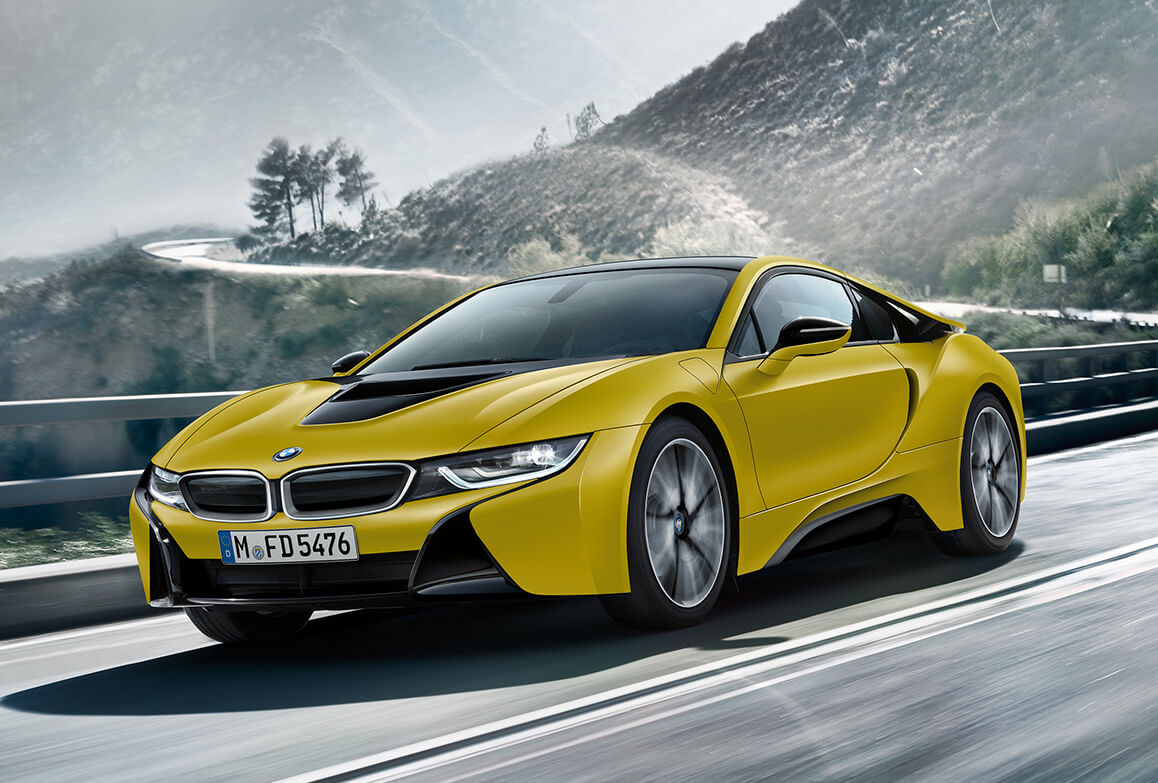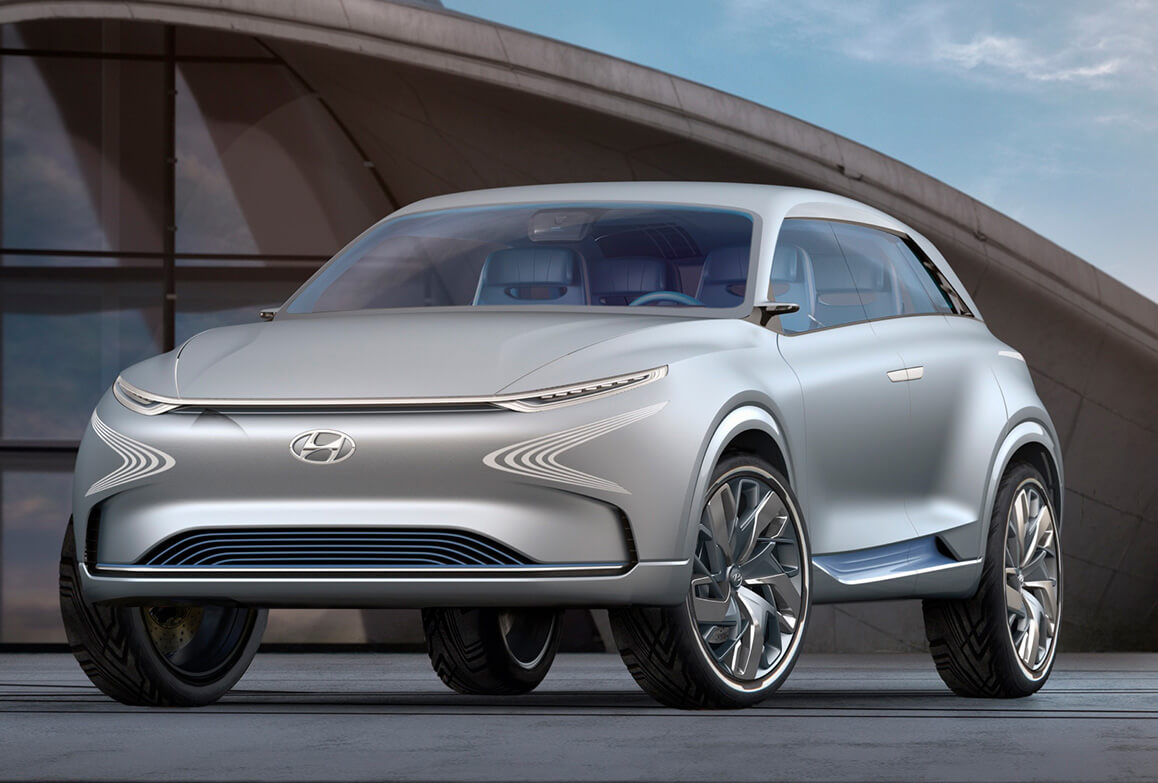While the forecast for the role of fossil fuels in passenger cars was set decades ago under a cloud of dwindling oil reserves and rising oil prices, it was concern over air quality that set the alarm clock to 2040.
Already the clock is ticking down and many legislative changes will occur before the 2040 date.
Ironically, as governments agreed on a date to reduce oil as a transport fuel, oil prices fell, the US became self-sufficient in oil, technology pointed to even further resources from shale oil deposits, all taking oil off the endangered list.
However, while automakers worldwide are facing pressure to introduce new vehicles that run on batteries rather than relying on gasoline, the International Energy Agency (IEA) – an energy trends group of 29 countries including Australia – says that we have a long way to go before electric vehicles (EVs) really hit home.
Its recent report shows that 95 per cent of the EVs sold in the world are sold in only 10 countries – China, the US, Japan, Canada, Norway, the UK, France, Germany, the Netherlands and Sweden.
The IEA said that power consumption of EVs – including cars, two- and-three wheelers and buses – is expected to double over the next five years.
It sees photovoltaic solar energy (PV) as the best source of renewable electricity and estimates that almost 30 per cent of this power will be used for EVs by 2022.
“New solar PV capacity grew by 50 per cent last year, with China accounting for almost half of the global expansion,” said the IEA’s latest renewables market analysis and forecast.
“For the first time, solar PV additions rose faster than any other fuel, surpassing the net growth in coal.
“Renewables will continue to have a strong growth in coming years. By 2022, renewable electricity capacity should increase by 43 per cent.”
With this background, what global markets are setting the pace on EV targets and which car-makers are the ones most prepared for a world increasingly moving away from fossil fuels?
COUNTRIES:
CHINA:
EVs and hybrids are to make up 20 per cent of new-car sales by 2025.
China is studying the effects of a ban on petrol and diesel fuel in cars in response to rising air pollution.
Ramping up new automotive technology such as EVs (battery or fuel-cell) and hybrids is also designed to make China more globally competitive while, at the same time, banning petrol and diesel cars would have a significant impact on oil demand in China, the world’s second-biggest oil consumer.
The nation is the world’s biggest EV market, accounting for 40 per cent of the world EV sales, more than double the US.
China has proposed that in 2018, eight per cent of vehicle sales would have to be battery EV or plug-in hybrid models. This would rise to 10 per cent in 2019 and 12 per cent in 2020.
BRITAIN:
The UK plans to ban the sale of new cars using petrol and diesel from 2040. The move is designed to reduce air pollution and follows plans by France and individual cities such as Madrid, Mexico City and Athens.
The UK proposes that from 2050, all cars will have zero emissions.
Stephanie Brinley, senior automotive analyst at IHS Markit, said getting rid of petrol and diesel cars would be difficult but if politicians are serious, manufacturers will have to respond.
“The big automakers are highly unlikely to just abandon the market,” she said. “They’ll find a way.”
Ride-share company Uber promptly said its 40,000 drivers in London must get rid of their diesels and use a hybrid or an EV by 2020. Currently, just under half Uber drivers use those vehicles. By 2025, the Uber vehicle of choice will be plug-in hybrid or EVs.
Uber has established a $A280 million fund to help drivers buy the alternative vehicles and started a scrapping program to get rid of diesels.
Uber will expand the program to the rest of the United Kingdom two years later.
FRANCE:
France wants to ban new cars using petrol or diesel by 2040. After that, car-makers will only be allowed to sell cars that run on electricity, or are hybrids or use other cleaner power.
France’s share of cars powered by electric, hybrid and alternative fuels is only about four per cent but sales are growing quickly. In the first quarter of 2017, these vehicles saw a 25 per cent jump in sales, albeit from a low base.
INDIA:
All new cars sold from 2030 are to be powered by electricity. The country has one of the world’s most acute air quality problems and has many of the world’s most polluted cities.
The number of cars on India’s roads is expected to increase dramatically in the next decade as they become more affordable for middle-class citizens. Analysts say that if families buying a car for the first time are able to buy EVs, the country could leapfrog ahead of some developed economies.
NORWAY:
All new passenger cars and vans sold in 2025 should be zero-emission vehicles.
The country is considered a leader in this area. About 40 per cent of all cars sold in the country in 2016 were EVs or hybrids. The success of sales of these vehicles is attributed to substantial government subsidies in terms of sales tax relief and some free running costs.
OTHERS:
At least 10 other countries have electric car sales targets in place, according to the International Energy Agency.
Austria, China, Denmark, Germany, Ireland, Japan, the Netherlands, Portugal, Korea and Spain have set official targets for electric car sales. The US doesn’t have a federal policy, but at least eight states have set out goals. Australia does not have a federal policy.
CAR-MAKERS:
JAGUAR LAND ROVER:
From 2020, all Jaguar Land Rover models will have an optional hybrid or electric drivetrain.
Jaguar’s first EV, the I-Pace SUV with a 350km range, will go on sale next year. Current JLR models undergoing redesigns beginning in 2020 will also offer an electrified version.
JLR this year showed two concepts: an electrified version of a Jaguar E-type, and the Future-Type, a car intended for launch in 2040.
The Future-Type – now only able to be seen through a virtual reality headset, is an autonomous EV connected to an artificially-intelligent steering wheel named Sayer. It is intended for a shared ownership.
VOLVO:
Volvo has announced it will electrify its entire range by 2019. Many politicians and the media took its announcement to mean that Volvo would be only making EVs and/or hybrids from that year, but a closer look at the details showed that alongside, ICE offerings, it intends every one of its models to have an EV or hybrid option from 2019.
Between 2019 and 2021, Volvo plans to launch three EV cars and two high-performance EV cars from the now independent specialist firm, Polestar. These five EVs will be supplemented by plug-in hybrids using petrol and diesel engines, and mild hybrids using 48-volt electrics.

FORD:
Ford will offer petrol-electric hybrid variants of all its models in the US by 2022, estimated at at least 18 new versions.
The models will include plug-in hybrid versions of SUVs and crossovers, including the Lincoln MKC and Navigator.
The proposed electrification plans are seen as being critical to the future success of Ford – particularly Lincoln – in China which is increasingly announcing upgrades for electrification of vehicles made in the country.
Ford announced in January 2016 that it would spend $A5.8 billion to electrify some of its key models in the US, including introducing hybrid versions of the Mustang and the F-150 pick-up.
BMW-MINI:
By 2025, BMW and its subsidiaries Mini and Rolls-Royce, will produce 12 EVs powered by batteries. An additional 13 will be offered as hybrids.
BMW will sell more than 100,000 electrified vehicles (hybrid or EVs) in calendar 2017. These are the i3, i8 and hybrid versions of the 3 Series, 5 Series, 7 Series and X5.
An EV Mini will be available in 2019 and, in 2020, an EV X3 will be launched. There is also a four-door “i” model in the wings, about the size of the 3 Series.
By 2020, BMW will offer a range of drivetrains in all vehicle classes. In 2021 it is expected to launch its new-generation of battery EVs that will have a range of up to almost 700km and plug-in hybrids capable of full-electric mode for up to 100km.
BMW has announced it will invest more than $A300 million in its “i” EV division for battery technology research and production facilities to allow for EV manufacturing.

VOLKSWAGEN:
Volkswagen aims to electrify its entire model range by 2030 involving an investment of more than $A30 billion.
It wants at least one EV, hybrid or plug-in hybrid version of each of the 300 group models across all brands and markets, including brands Volkswagen, Skoda, Audi, Porsche and Seat. That equates to about three-million vehicles a year being purely battery-powered by 2025.
MAZDA:
Mazda has announced a range of compression-ignition internal combustion engines for launch in 2019 and has said it will not abandon the rotary engine. The innovative new compression-ignition petrol engine is claimed to be up to 30 per cent more efficient that current petrol engines.
But it has also said that every new Mazda will be electrified – mild hybrid, hybrid, plug-in hybrid and/or EV – from 2035.
Mild hybrids will start to appear from 2019 and, around 2021, it may show an EV with a rotary-engine range extender. Its first plug-in hybrids are expected to appear from 2021.
GENERAL MOTORS:
GM is planning about 20 EV models to be on the market by 2023.
It has already shown three concept models (two of these based on the Chevrolet Bolt EV that went on sale late last year) that include a crossover and a mini people-mover.
GM says its future strategy is an “all-electric path to zero emissions” using both battery EVs and fuel-cell vehicles.
GM said it will have hydrogen fuel-cell cars for customers within five years. It is developing fuel-cell stacks in partnership with Honda and said it will have its first commercially available fuel-cell vehicle in 2020.
A fuel cell-powered Chevrolet Colorado ZH2 ute is being evaluated by the US military and has received good reviews for its stealth operation and instant acceleration.
GM also introduced SURUS – the Silent Utility Rover Universal Superstructure – a fuel cell-powered, four-wheel steer concept vehicle on a heavy-duty truck frame that’s driven by two electric motors. It is intended as an emissions-free delivery truck, power generator or self-driving ambulance.
NISSAN:
Nissan has announced a range of EVs and new quick-charge points for homes and offices across Europe.
The company has revealed the European-spec version of the Leaf with a 380km range and an EV van, the e-NV200, that has a 280km range.
It will build 1000 quick charging points across Europe over the next 18 months, including a new range of quick chargers for home and office installation. These include 22kW models that can charge a Leaf to full capacity in two hours.
Nissan also has revealed its home EV charger known as xStorage that allows an EV owner to sell electricity back into the grid from the car’s battery. It said this could mean free electricity for EV owners.
The xStorage system can also harvest power from solar panels. The system is being tested in Denmark with plans to enter the UK. Nissan expects to have more than 100,000 of the systems installed in Europe by the end of 2020.
By Neil Dowling



















 Read More: Related articles
Read More: Related articles

